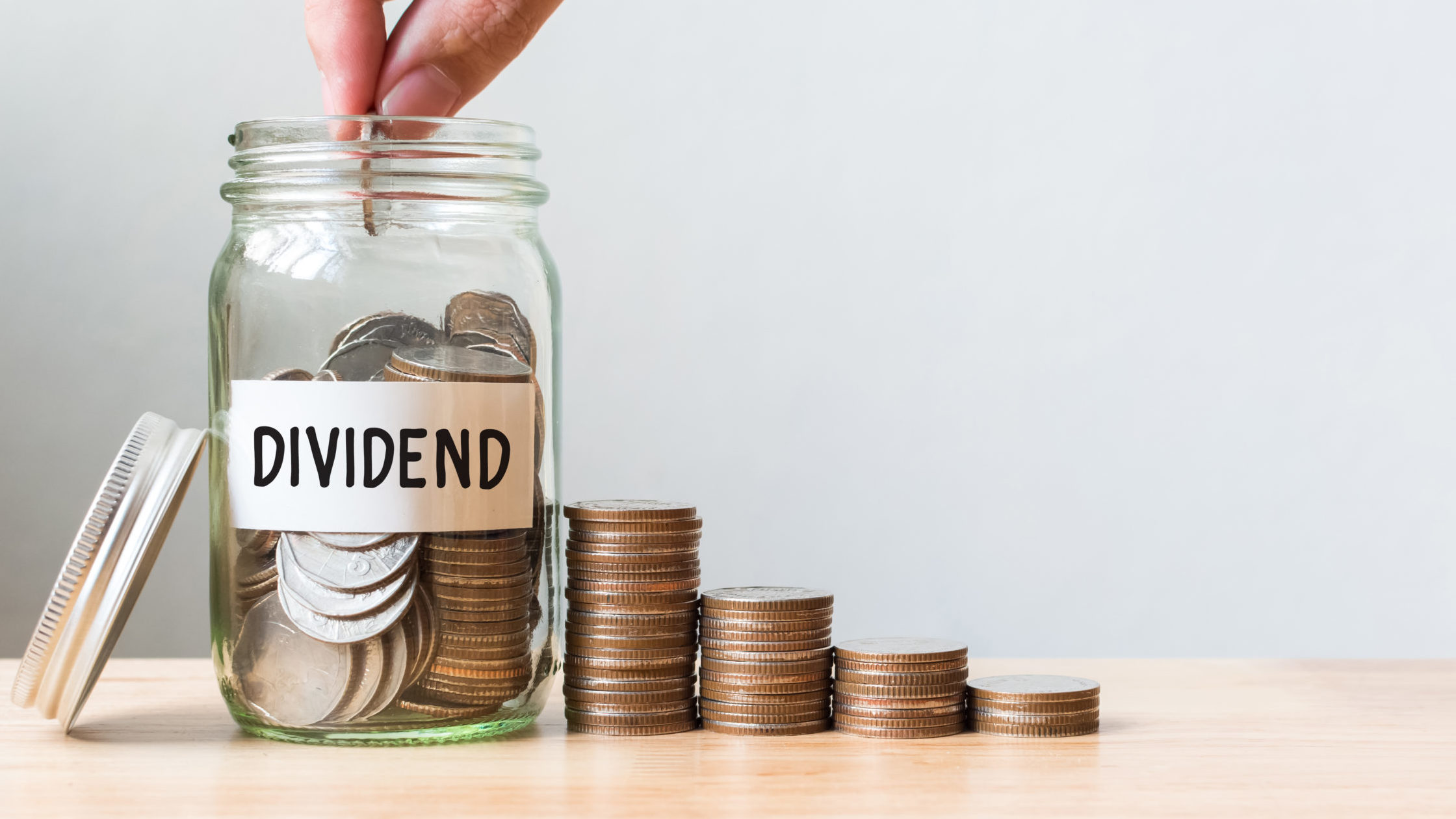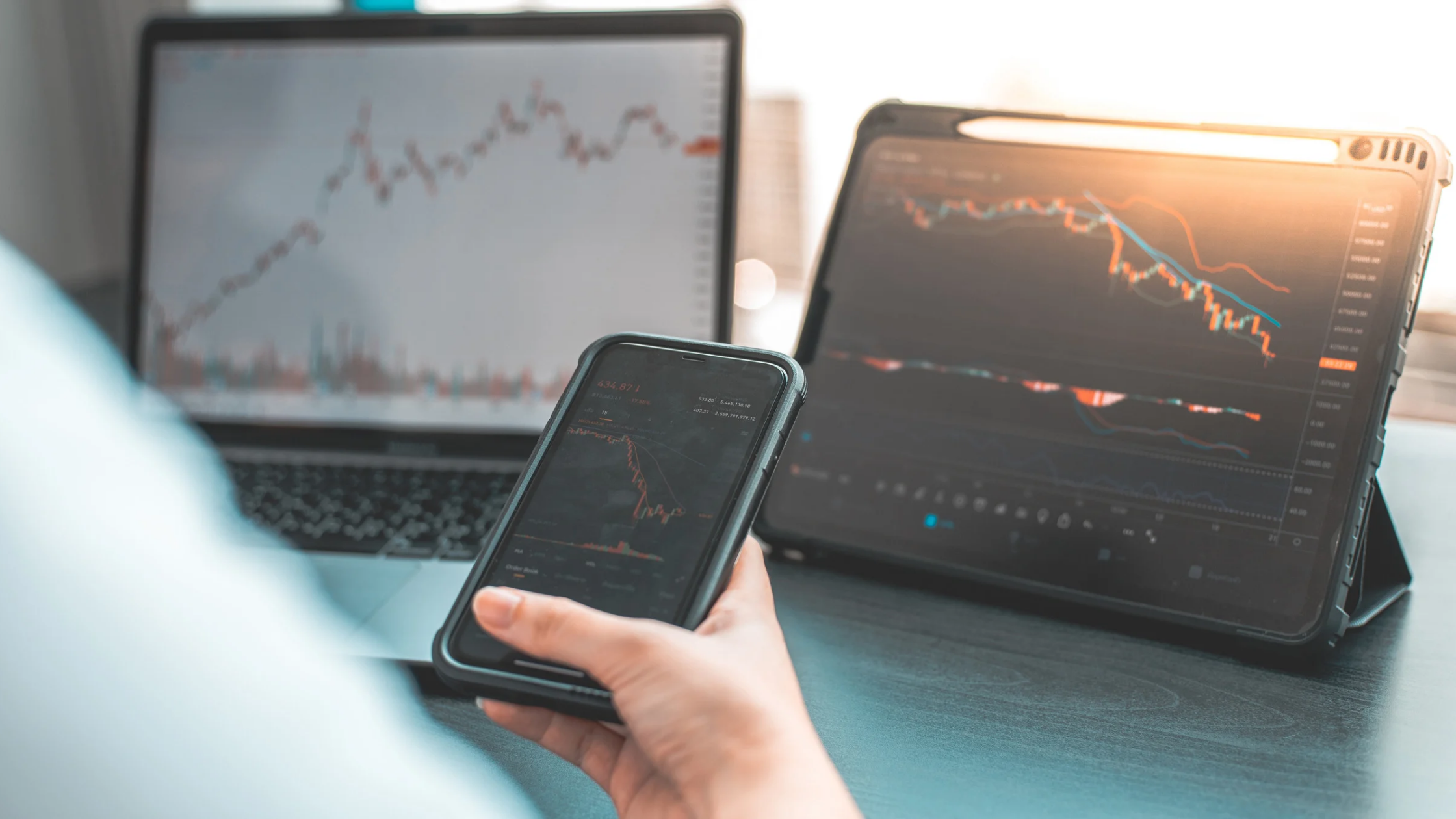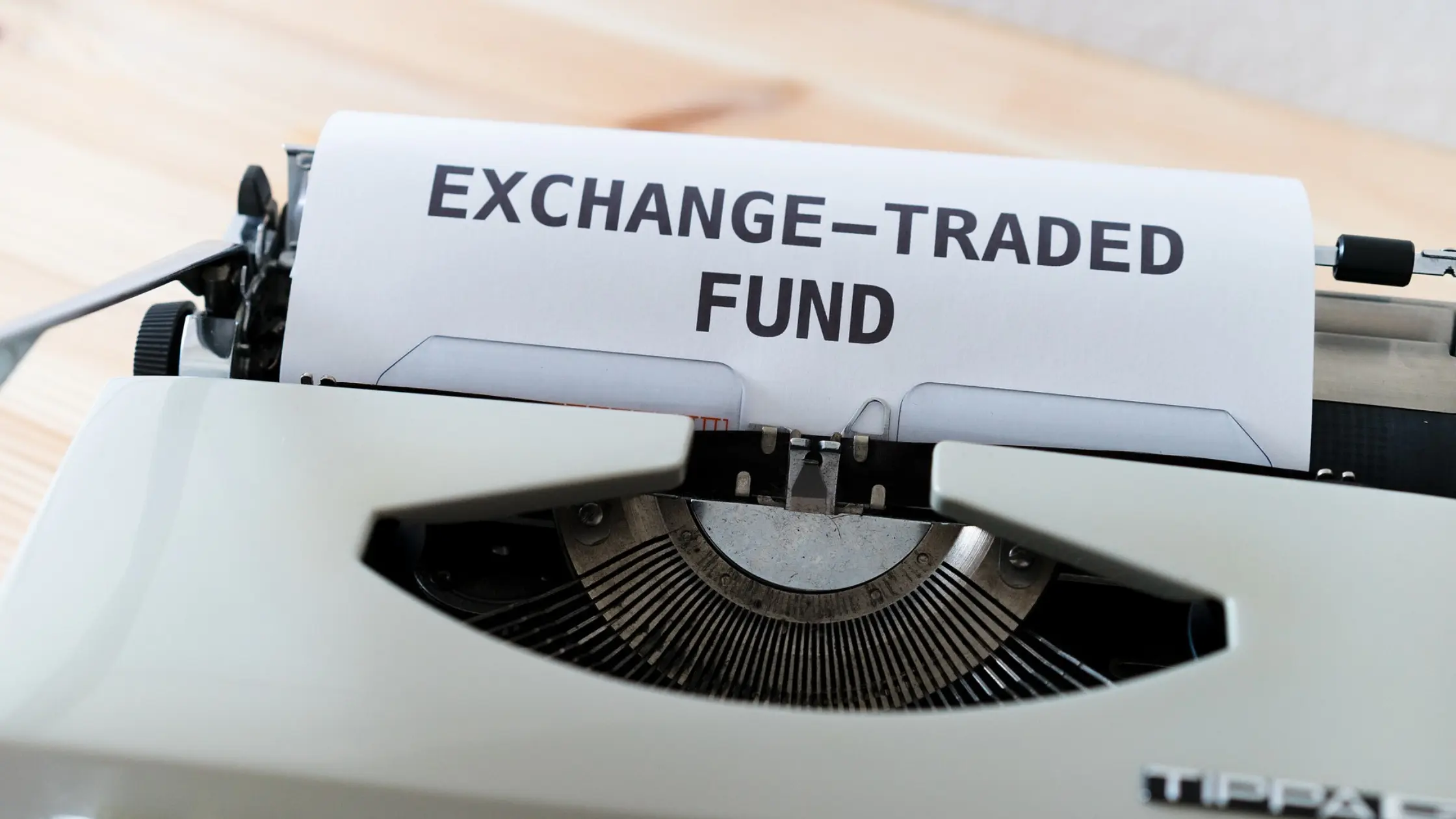There are generally two ways to make money from investing in the stock market. One of them is to buy stocks and sell them later at a higher price for profit, or capital gain.
Another way to do so is to buy stocks and receive dividend income on a regular basis.
A dividend is a share of a company’s profit and retained earnings that is then distributed to its shareholders.
You may read more about the definition and the types of dividends from here.
We also wrote about the ways to invest in dividend stocks to help you get started.
In today’s article, I’ll cover the three key metrics dividend investors should familiarise themselves with.
1. Dividend yield
Dividend yield, which is a ratio expressed as a percentage, shows how much a company pays in a dividend relative to its share price.
Dividend yield formula:

For example, if you buy a company’s stock that pays an annual dividend of US$3 and the share price of the company is US$100, the dividend yield would be 3.0%.
Singapore’s Straits Times Index (STI) has a decent average dividend yield of around 4.0%.
In comparison, the dividend yield is higher than other major country indices, such as Hong Kong’s Hang Seng Index (2.3% average dividend yield) and the US S&P 500 Index (1.5% average dividend yield).
2. Dividend growth
Aside from dividend yield, it is important to look at dividend growth. If the dividend remains constant over the years, inflation will erode your income stream.
This is why investors need to look at a company’s historical dividend payout to observe if there is an increasing trend.
This is the dividend growth formula:

Here are two key areas investors should pay attention to:
- How consistently does the company increase its dividend?
- How rapid is the dividend growth over the years?
Investors need to take note that the company’s past track record does not guarantee a similar pattern in the future.
3. Payout ratio
The dividend payout ratio is an important metric for investors as it shows the company’s strength and its ability to consistently pay a dividend.
It also shows how likely the company is to increase its dividend payout over the years.
The payout ratio is defined as the percentage of a company’s overall earnings that will be used to fund the dividend.
Dividend payout ratio formula:

For example, if a company generates an annual earnings per share (EPS) of S$10 and pays a dividend of $3 per share, its payout ratio is 30%.
There is no right or wrong payout ratio for companies but in general, if a payout ratio is above 100%, it should be seen as a red flag as it is not sustainable without tapping into borrowings.
Generally speaking, a ratio between 30% to 70% would be considered as sustainable.
If a company’s payout continues to increase over time, investors should observe the finances of the company to ensure that its cash flow is not affected.
The starting point
While these three metrics are important for dividend investing, they are not the only metrics that investors should look at.
These three metrics, however, will serve as a solid starting point to help investors to further narrow and filter down the potential investment lists when looking for dividend stocks.
However, there are plenty of other financial numbers and developments that investors need to look at in order to ensure the stocks fit into their long-term portfolios and style of investing.
Disclaimer: ProsperUs Investment Coach Billy Toh doesn’t own shares of any companies mentioned.












